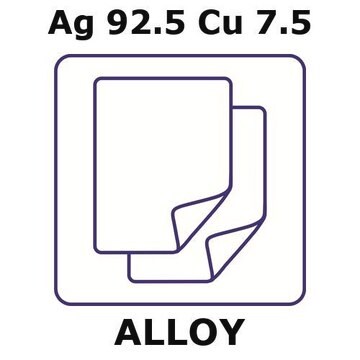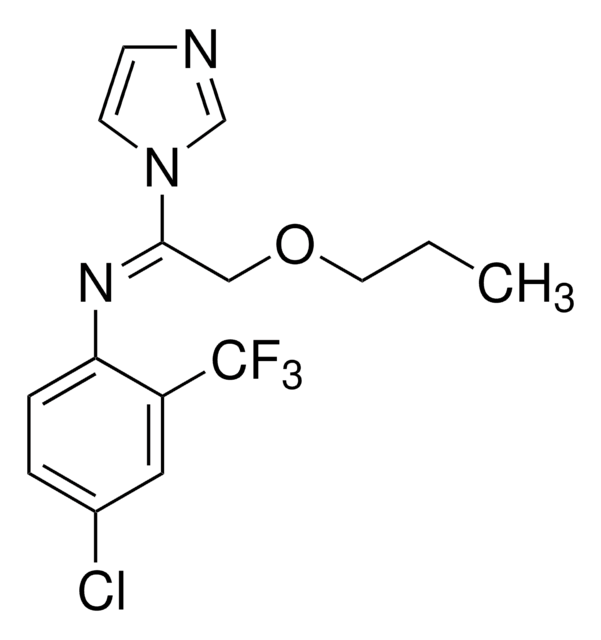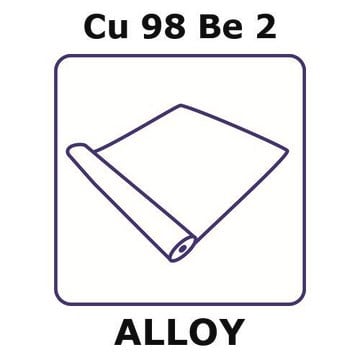GF15998653
Tin
wire reel, 5m, diameter 1.0mm, as drawn, 99.99+%
Synonym(s):
Tin, SN005130
Sign Into View Organizational & Contract Pricing
All Photos(2)
About This Item
Empirical Formula (Hill Notation):
Sn
CAS Number:
Molecular Weight:
118.71
MDL number:
UNSPSC Code:
12141745
PubChem Substance ID:
NACRES:
NA.23
Recommended Products
Assay
99.99%
form
wire
manufacturer/tradename
Goodfellow 159-986-53
resistivity
11 μΩ-cm, 20°C
L × diam.
5 m × 1.0 mm
bp
2270 °C (lit.)
mp
231.9 °C (lit.)
density
7.310 g/mL at 25 °C (lit.)
SMILES string
[Sn]
InChI
1S/Sn
InChI key
ATJFFYVFTNAWJD-UHFFFAOYSA-N
General description
For updated SDS information please visit www.goodfellow.com.
Legal Information
Product of Goodfellow
Choose from one of the most recent versions:
Certificates of Analysis (COA)
Lot/Batch Number
It looks like we've run into a problem, but you can still download Certificates of Analysis from our Documents section.
If you need assistance, please contact Customer Support.
Already Own This Product?
Find documentation for the products that you have recently purchased in the Document Library.
Mutagens and potential mutagens in the biosphere. II. Metals--mercury, lead, cadmium and tin.
L Fishbein
The Science of the total environment, 2(4), 341-371 (1974-07-01)
M R Krigman et al.
Neurotoxicology, 5(2), 129-139 (1984-01-01)
The toxicology of tin is almost entirely the toxicology of the organic compounds of tin, for the metal itself and its inorganic compounds appear to be nearly harmless for practical purposes. Furthermore, the neurotoxicity of organotin is essentially that of
Heinz Rüdel
Ecotoxicology and environmental safety, 56(1), 180-189 (2003-08-14)
This article reviews the literature related to the bioavailability of tin, inorganic tin compounds, and organotin compounds. On the one hand, the toxicity of metallic tin and inorganic tin compounds is low. In aqueous systems, the potential bioavailability of tin
Are nickel, vanadium, silicon, fluorine, and tin essential for man? A review.
F H Nielsen et al.
The American journal of clinical nutrition, 27(5), 515-520 (1974-05-01)
Gabriel Santpere et al.
Genome biology and evolution, 7(6), 1490-1505 (2015-05-16)
We set out to investigate potential differences and similarities between the selective forces acting upon the coding and noncoding regions of five different sets of genes defined according to functional and evolutionary criteria: 1) two reference gene sets presenting accelerated
Our team of scientists has experience in all areas of research including Life Science, Material Science, Chemical Synthesis, Chromatography, Analytical and many others.
Contact Technical Service





![2-{[1-(tert-Butoxycarbonyl)-4-piperidinyl]sulfonyl}benzoic acid AldrichCPR](/deepweb/assets/sigmaaldrich/product/structures/224/106/eee847a5-ad90-45e6-b100-f59ed97f8957/640/eee847a5-ad90-45e6-b100-f59ed97f8957.png)


